Today’s job market bears little resemblance to the workforce of 20 years ago. Whereas employees used to remain with a single company for the duration of their careers, modern workers have embraced job hopping every few years as the new norm. While many of our grandparents were able to find steady, well-paying jobs just out of high school, the current market demands advanced education, with nearly 27% of employers now recruiting candidates with master’s degrees for positions which previously required a bachelor’s degree.
In addition to raising the bar for new hires academically, many employers are now asking entry-level employees to bring 3-5 years of experience to the table, leaving many young professionals wondering how to acquire experience when experience is needed to be hired. Unpaid internships or co-ops can fill those experience gaps, but only for those select few who can afford to work for free. Many of these issues are compounded for underserved and underprivileged communities, leaving them at an even greater disadvantage when it comes time to enter the workforce. At a time like this, one has to wonder: Is there a better way?
Businesses Can Be a Force for the Common Good
Businesses and corporations are uniquely positioned to tackle the challenges facing today’s workforce. As Donna Harris, entrepreneur, venture partner, and one of this year’s speakers at Business for the Common Good notes, “Financial returns are important, but they cannot be the singular measure of success for corporations. And CEOs, Boards and Shareholders need to grasp the responsibility and leadership roles their firms could play in solving the challenges of the communities in which they operate.”
One practical way businesses can be a force for good for their employees and communities is through workforce development programs, or “employment initiatives that help create, sustain, and retain a viable workforce.” Every employee can benefit from a solid workforce development program, and employers stand to gain as well. Workforce development and continuing education programs fuel growth within businesses and corporations, ensuring that workers have the skill sets and tools they need to do their jobs well and advance their careers. It also addresses the needs of hiring managers, ensuring that positions requiring specialized skills are filled with qualified candidates rather than left vacant for weeks or months at a time.
The Benefits of Workforce Development
It’s a Win-Win
Intentional, people-first workforce development brings about the highly sought after, but rarely found in business, win-win situation. Employees win through retraining, skill development, and increased autonomy in the workplace. Employers win by gaining a more highly-skilled team as well as cutting down on the turnover rate when workers stay with their companies. It also allows employers the opportunity to clarify policies, best practices, and expectations in a way that empowers workers, rather than micromanage them.
It Creates a Happier, More Loyal Workforce
In an interview with Arthur C. Brooks, psychologist Adam Grant outlined the indicators of a happy and productive workforce: autonomy and mastery. Through workforce development programs and on-the-job training, workers gain mastery in their fields, allowing them to work more efficiently and with more autonomy. Individuals who find themselves valued and with prospects for future growth are more efficient, happier, and more loyal, which is good news for employers. Happy and loyal employees are less likely to leave the company in the future, meaning businesses keep highly skilled workers, and reduce the cost of refilling the same positions over and over again.
It Closes the Skill Gap
According to a study from McKinsey & Company, around 40% of business leaders in the United States are having difficulty filling positions with employees who possess the right skills, even in entry-level openings. In other words, skilled talent is in demand, but supply is proving scarce. This kind of scenario can come at a cost, particularly when businesses have job vacancies that remain open for weeks or months at a time. Implementing workforce development allows businesses to close the gap within their own ranks as well as give a leg up to new hires. With well-executed on-boarding processes and workforce development that expands upon solid skill foundations, employers position themselves for success, acquiring new talent that then skills up to become a competent and invested workforce.
Another added benefit is a larger pool of qualified, promotable employees. Rather than having to search for the perfect candidate with just the right skill set, businesses with solid development programs are better equipped to promote from within. Who else would know the company or the client base better than a current employee?
Why Christian Business Leaders Should Care About Workforce Development
Workforce development is a tool business leaders can use to forge a different path and to challenge the status quo. While some companies continue to embrace the dog-eat-dog mentality that shaped modern corporate culture, others can have lasting impact on the lives of their workers and in their communities. If we take Jesus at his word and are serious about his instruction to “love your neighbor as yourself,” we should pursue policies that allow us to love our neighbors well. Looking out for employees, respecting their dignity, and cultivating their futures goes beyond the bottom line. Ultimately, it can be an act of love.

